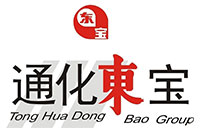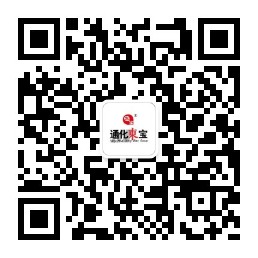Contact:
4008465777
Tonghua Dongbao: First subject enrolled in Phase II clinical trial on novel URAT1 inhibitor (THDBH130 Tablets) for gout
Recently, Dongbao Zixing (Hangzhou) Biopharmaceutical Co., Ltd., a wholly owned subsidiary of Tonghua Dongbao Pharmaceutical Co., Ltd. ("the Company") has enrolled the first subject in the Phase II clinical trial on URAT1 inhibitor (THDBH130 Tablets).
In the field of endocrine and metabolic, the Company gives priority to the development of gout/hyperuricemia treatment. URAT1 inhibitor (THDBH130 Tablets) is among the Company's key novel drugs under research for gout/hyperuricemia treatment. The enrollment of the first subject in the Phase II clinical trial marks another solid step the Company has taken in this field. The Company will accelerate the clinical trial process of the URAT1 inhibitor to address the vast unmet clinical needs and provide patients with more medication choices.
About Phase IIa clinical study of THDBH130 Tablets
In accordance with relevant guidelines for China's novel drugs, the Company has initiated a multicenter, randomized, double-blind, placebo-and-benzbromarone-controlled Phase IIa clinical study of THDBH130 Tablets in treating adult hyperuricemic patients with or without gout. The Phase IIa study comes after the Company obtained clinical trial approval for the URAT1 inhibitor (THDBH130 Tablets) from the National Medical Products Administration and completed the Phase I clinical trial. The primary purpose of the Phase IIa study is to evaluate the safety, tolerability, and preliminary clinical efficacy of THDBH130 Tablets, and the secondary purpose is to evaluate their uric acid lowering effect, impact on gout attacks, and pharmacokinetic and pharmacodynamic profiles. The trial is working out well, with the first subject enrolled recently.
About THDBH130 Tablets
THDBH130 Tablets are a highly active, selective, and safe inhibitor of the urate transporter (URAT1). The Phase I clinical trial results show that the drug features low systemic exposure, high pharmacological activity, good safety and tolerability profiles, and better uric acid lowering effect after postprandial administration.
About gout and hyperuricemia
In recent years, the prevalence of gout and hyperuricemia has obviously increased in China, especially among young people, exposing the vast unmet medical needs in this field. According to the Chinese Guidelines for the Treatment of Hyperuricemia and Gout (2019), the overall prevalence of hyperuricemia and gout in China is 13.3% and 1%-3%, respectively. Gout has become the second most common metabolic disease after diabetes.
There are two main treatments for hyperuricemia and gout: inhibiting uric acid production and increasing uric acid excretion. The existing drugs on the market still have room for improvement in efficacy and safety. Among them, uricosuric drugs targeting URAT1 mainly include benzbromarone and lesinurad. According to data from Menet.com, in 2021, sales of gout drugs at public medical institutions and physical pharmacies across China totaled about RMB 1.878 billion, including about RMB 550 million for benzbromarone. Lesinurad is not yet available in China.










